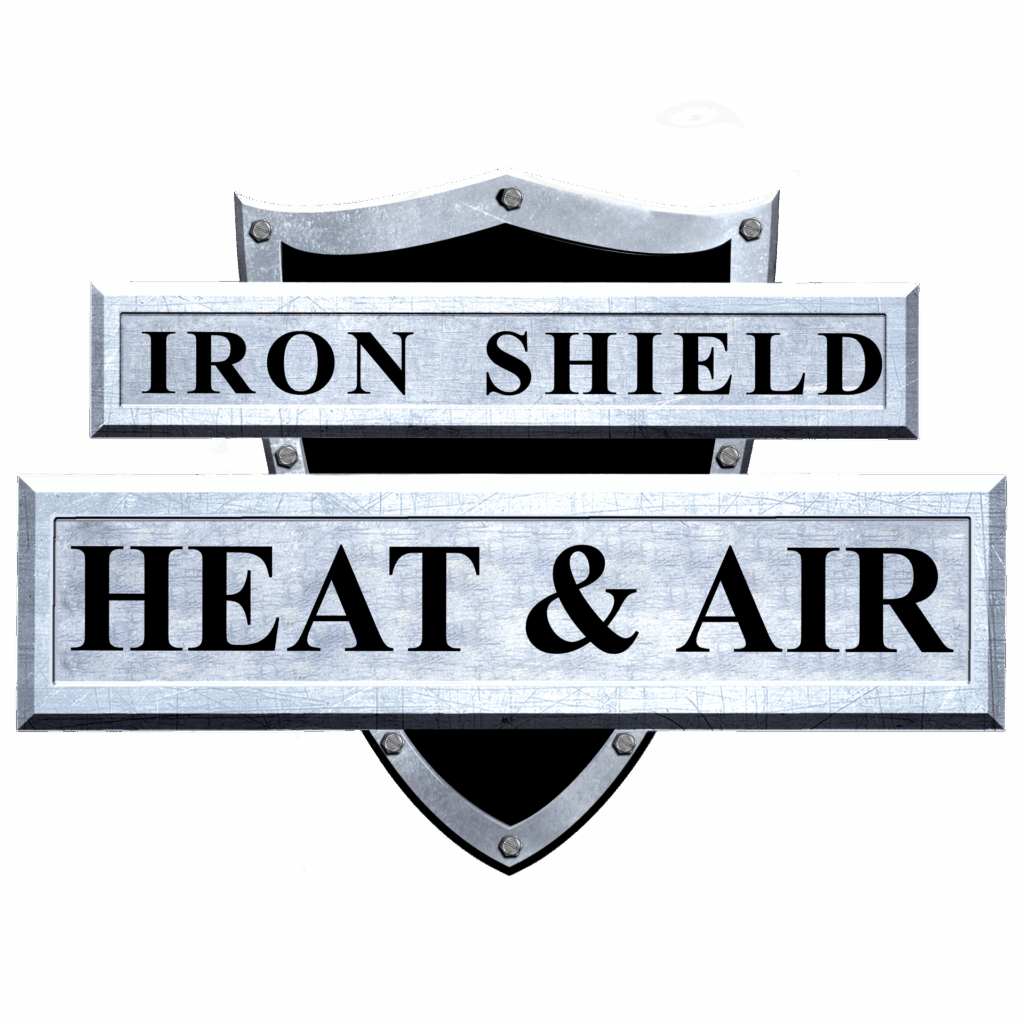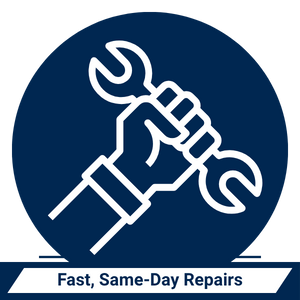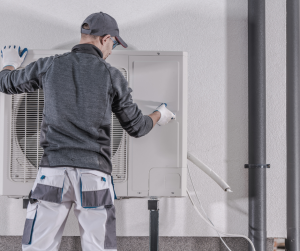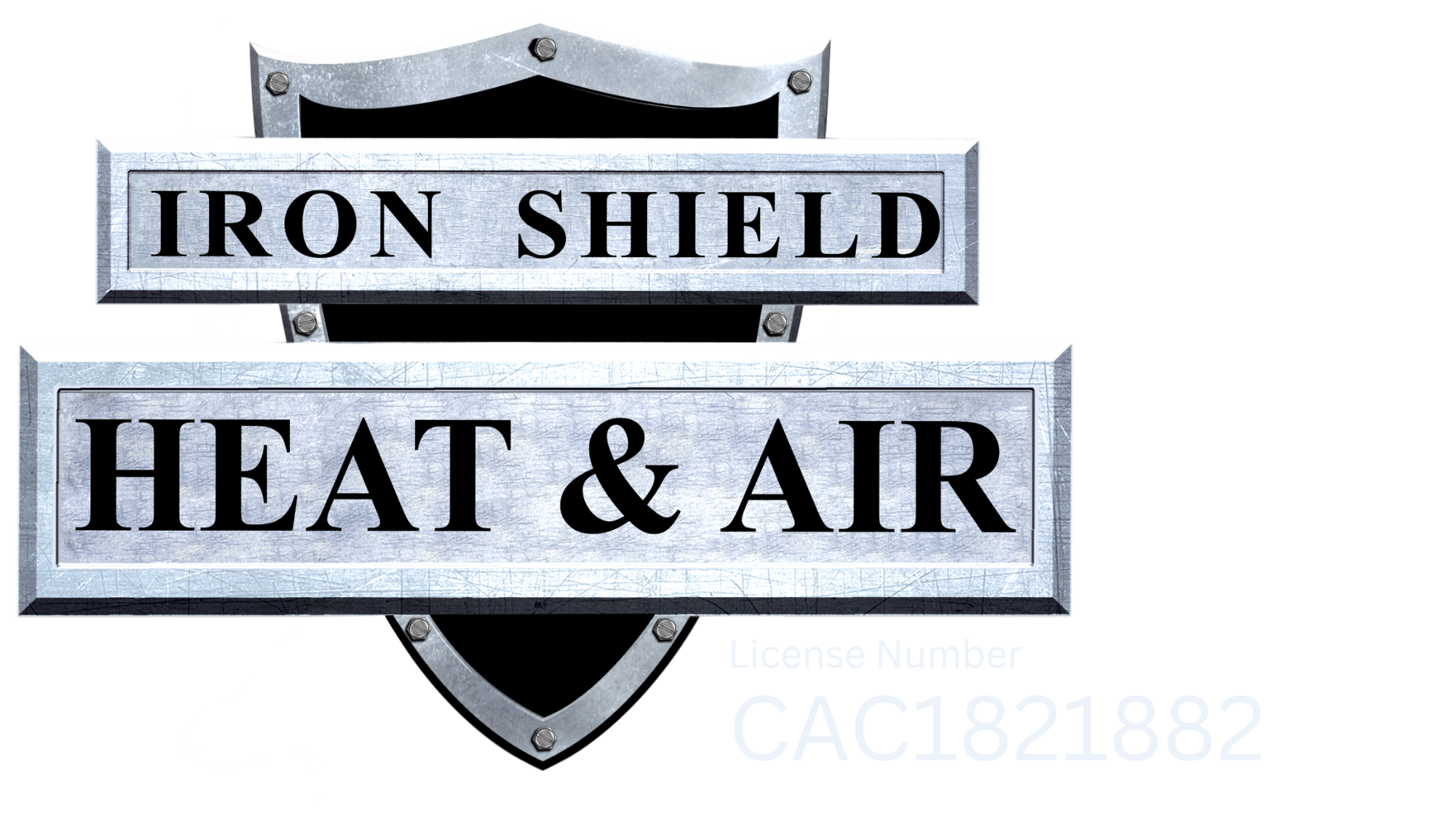A few things can wrench your everyday routine, such as an unforeseen failure of your home’s heating or cooling system. Discovering that your HVAC unit has stopped working can aggravate and be financially overwhelming. Yet, amid this turmoil, there is a positive aspect: the opportunity to replace your system and enhance it with a more efficient, budget-friendly alternative—and potentially benefit from tax credits. This guide will explore everything you need to know about HVAC tax credits and how they can result in significant savings.
What Are HVAC Tax Credits and How Do They Work?
Understanding Federal Tax Credits for HVAC Systems
HVAC tax credits are a federal incentive to encourage homeowners to invest in energy-efficient heating and cooling systems. These tax credits help significantly to offset the cost of your new system, making it an opportune moment to enhance your home’s comfort while being eco-friendly. The federal tax credit for HVAC systems allows you to claim a percentage of your installation costs on your tax return, turning your investment into immediate savings.
The Importance of Energy Efficiency in Home Improvements
Energy efficiency isn’t just a buzzword; it’s a path to lower energy bills and a reduced carbon footprint. By upgrading to an energy-efficient HVAC system, you contribute to cleaner energy sources while enjoying enhanced comfort in your home. According to the Department of Energy, homes with energy-efficient systems can reduce energy costs by up to 30%. Imagine having energy savings, slashing your bills, and qualifying for a tax credit—a win-win scenario.
Why Size Matters: Choosing the Right HVAC Unit for Tax Benefits
How to Determine the Right Size Air Conditioner
Choosing the right size HVAC system is crucial for both comfort and efficiency. An oversized unit cools the space too quickly, causing it to cycle on and off frequently, which can lead to increased wear and higher energy bills. Conversely, a system that’s too small will struggle to keep your home comfortable. The key is to look for a system with a SEER rating of 16 or higher, which optimizes performance and qualifies you for a tax credit.
The Impact of Size on Energy Efficiency and Tax Savings.
Investing in a correctly sized HVAC unit means investing in your home’s energy efficiency. Systems that meet or exceed the required SEER rating will keep your environment comfortable and enhance your eligibility for the HVAC tax credit, ultimately saving you hundreds of dollars each year on energy costs.
Maximizing Your Savings: Federal Tax Credits for Energy Efficiency
Exploring the Federal HVAC Tax Credit Options
In 2024, homeowners can benefit from a federal tax credit that covers 30% of the installation costs for qualified HVAC systems. This benefits new heat pumps, air conditioners, and other energy-efficient upgrades. If you plan to invest in an HVAC system, understanding which systems qualify can help you maximize your savings.
Tax Credits for Energy Efficiency: What You Need to Know
The current tax credits are designed to incentivize homeowners to transition to cleaner energy. By investing in energy-efficient upgrades, you not only reduce your home’s energy consumption but also enhance your eligibility for substantial federal tax savings. This means you can make eco-friendly choices while receiving financial incentives.
Types of HVAC Systems Eligible for Tax Credits
Central Air Conditioners and Their Tax Benefits
Suppose you’re considering installing a new central air conditioning system. In that case, you’ll be pleased to know that systems meeting a SEER rating of 16 or higher are eligible to get a tax credit of 30 percent of the project cost, up to $600. This makes investing in a high-efficiency unit an intelligent and financially savvy choice for comfort.
Energy-Efficient Heat Pumps: A Smart Investment
Heat pumps are versatile options for heating and cooling your home. They can significantly reduce energy consumption by transferring heat instead of generating it. If you choose a heat pump with a SEER rating that qualifies for the tax credit, you could receive a substantial return on your investment, making it an excellent choice for energy-conscious homeowners.
Tax Credits for Energy-Efficient Home Improvements
Homeowners can also take advantage of tax credits for various energy efficient home improvement projects, including installing heat pump water heaters and other residential clean energy systems. When you qualify for the tax credit for HVAC systems, you’re not just enhancing comfort—you’re committing to a more sustainable future.
How the Federal Inflation Reduction Act Enhances HVAC Tax Incentives
Key Changes in 2024: What Homeowners Should Know
The Federal Inflation Reduction Act has expanded the opportunities for tax credits significantly. Homeowners can now benefit from enhanced tax credits for energy-efficient home improvements, making it a crucial time to upgrade your HVAC system. Knowing the specifics of this legislation can help you plan your upgrades and maximize the benefits you receive.
Navigating Federal Tax Savings Through Energy Improvements
By staying informed about changes in federal tax policies, you can make educated decisions about your HVAC system. Whether through credits for heat pumps or air conditioners, these incentives are designed to promote energy efficiency and help you save on your tax return.
Steps to Claim Your HVAC Tax Credit
1. Essential Documentation for Tax Credit Claims
When it comes to claiming your HVAC tax credit, proper documentation is key. You’ll need to gather receipts, product specifications, and relevant certifications. The IRS Form 5695 will be your gateway to claiming these credits when you file federal income taxes.
2. Working with Contractors to Maximize Benefits
Choosing the right contractor can also impact your ability to claim these credits. Ensure they know the latest tax credit requirements and can provide documentation supporting your claims. This collaboration can smooth the process and ensure you don’t miss any potential savings.
Frequently Asked Questions About HVAC Tax Credits
How Do HVAC Tax Credits Work?
At their core, HVAC tax credits are designed to reduce the cost barrier associated with upgrading to energy-efficient systems. By providing financial relief through tax incentives, the government encourages homeowners to make eco-friendly choices that can lead to long-term savings.
What Are the Latest Updates on Energy Tax Credits for 2024?
In 2024, several changes have been implemented to encourage energy-efficient upgrades, including increased credit amounts and broader eligibility. Homeowners can now use these new standards to improve their homes and finances.
Conclusion: Invest in Comfort and Savings with HVAC Tax Credits
Transitioning to an energy-efficient HVAC system is more than just an upgrade; it’s a commitment to comfort, savings, and sustainability. With federal tax credits available, there’s never been a better time to invest in your home’s heating and cooling systems. By taking advantage of these incentives, you can improve your home’s energy efficiency and enjoy significant financial benefits.
This guide provides you with the knowledge and tools to navigate HVAC tax credits successfully. Don’t miss out on the opportunity to enhance your home’s comfort while benefiting from significant tax savings in 2024. Consider reaching out to professionals at Iron Shield Heating & Air, who can assist you in making informed decisions and securing the credits you deserve.











